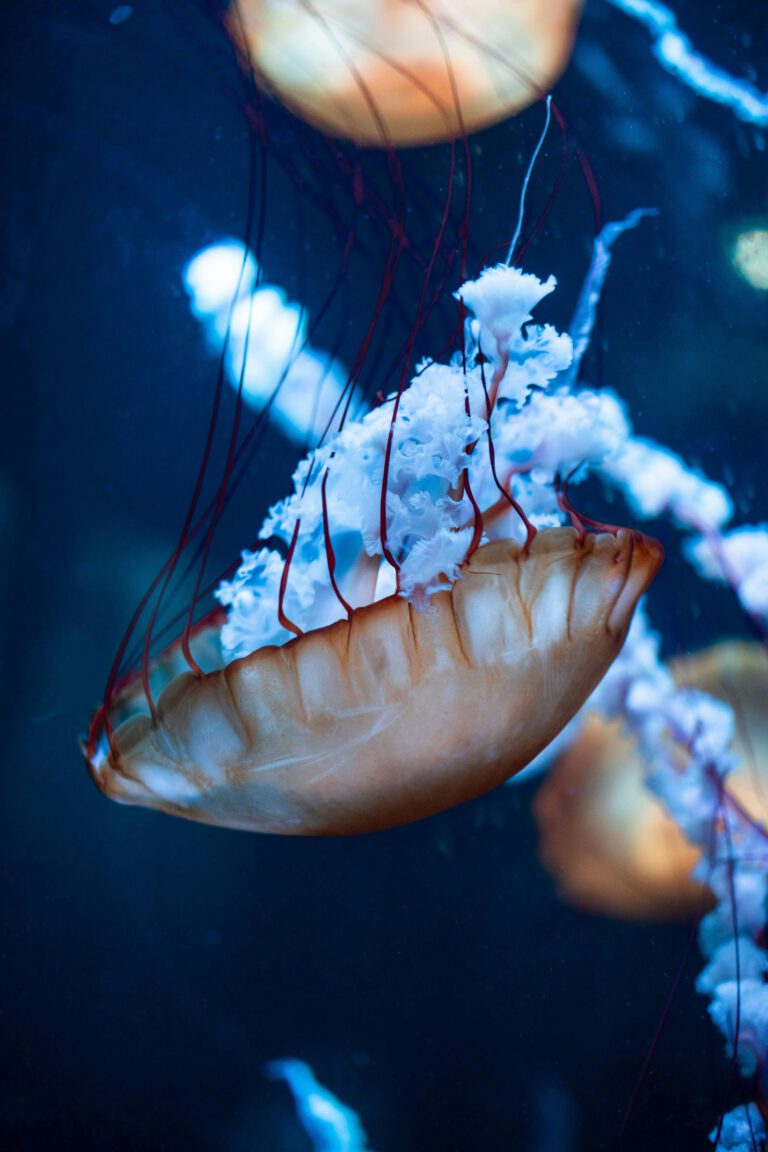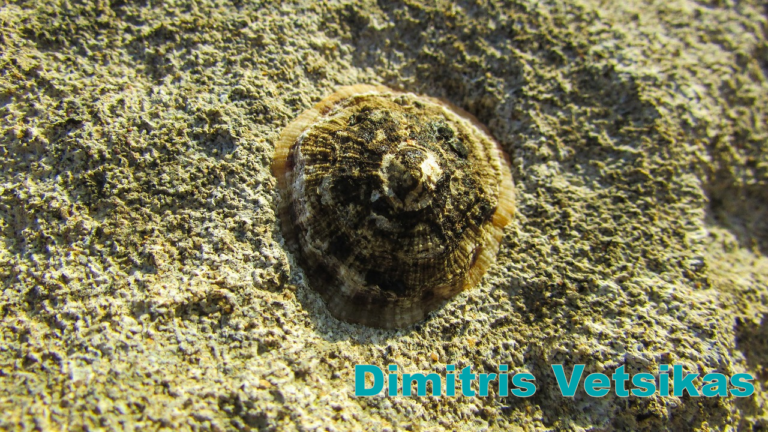Cockle – Cerastoderma edule

Cockle (Cerastoderma edule) - Kokkel
- Taxonomy: The Cockle belongs to the Cardiidae family, a group of saltwater clams. They have strong, ribbed shells that are rounded in shape.
- Species: There are over 200 species of cockles, but Cerastoderma edule is common in European waters.
- Habitat: Cockles are found in intertidal zones, especially in sandy and muddy areas. They can be found buried a few centimeters below the surface.
- Diet: Cockles filter-feed, drawing in water to capture plankton and other small particles.
- Reproduction: Cockles are hermaphroditic, meaning they have both male and female reproductive organs. They release eggs and sperm into the water, where fertilization takes place externally.
- Conservation: Cockle populations are stable but can be affected by pollution and overfishing. Sustainable fishing practices are important to ensure their continued survival.
- Unique Anatomy: Cockles have two siphons—one for drawing in water and one for expelling it—making them efficient filter feeders.
- Economic Importance: Cockles are harvested for food in many parts of Europe and are considered a delicacy.
Cockles: Small but Essential Dwellers of Coastal Waters
When we think of marine life, large fish or colorful corals often come to mind. However, many smaller creatures, like the humble Cockle, play crucial roles in maintaining healthy ecosystems. These small clams may seem insignificant, but they are essential for keeping coastal waters clean and nutrient-rich.
What is a Cockle?
Cockles are bivalve mollusks found in shallow coastal waters across Europe. They have rounded, heart-shaped shells with distinct ridges running across them. Cockles are burrowers, spending much of their time hidden beneath the sand or mud. Their ability to filter large amounts of water means they help keep coastal waters clean by removing plankton and organic matter.
A Day in the Life of a Cockle
Cockles are filter feeders, which means they rely on drawing in seawater to collect their food. They do this by using two siphons: one to bring water in and another to expel it after filtering. Their diet mainly consists of tiny plankton, algae, and organic debris. Though they may be small, cockles work around the clock to keep their surroundings free of excess nutrients.
Reproduction and Growth
Cockles reproduce by releasing eggs and sperm into the water, where fertilization takes place. Once the larvae hatch, they drift with the current until they find a suitable place to settle. Over time, they grow into the ribbed, rounded shells we associate with mature cockles. A single cockle can live for up to 10 years, constantly contributing to its environment.
Ecological Importance of Cockles
Cockles are vital to the ecosystems where they live. By filtering water, they reduce pollution levels and prevent harmful algae blooms, which can choke out other marine life. Cockle beds also provide habitat for various fish and invertebrates. In this way, cockles help support marine biodiversity.
Human Impact and Conservation
Cockles have been harvested for food for centuries, particularly in Europe. While populations are currently stable, they can be affected by overfishing and pollution. Sustainable harvesting practices are essential to protect this valuable species and ensure that cockle beds continue to thrive.
Conclusion
Cockles may not be as flashy as some marine animals, but their role in keeping coastal ecosystems healthy is undeniable. These small, filter-feeding mollusks contribute to clean water and support marine biodiversity. Next time you’re by the shore, take a moment to appreciate the vital role these clams play in the ocean’s health.







